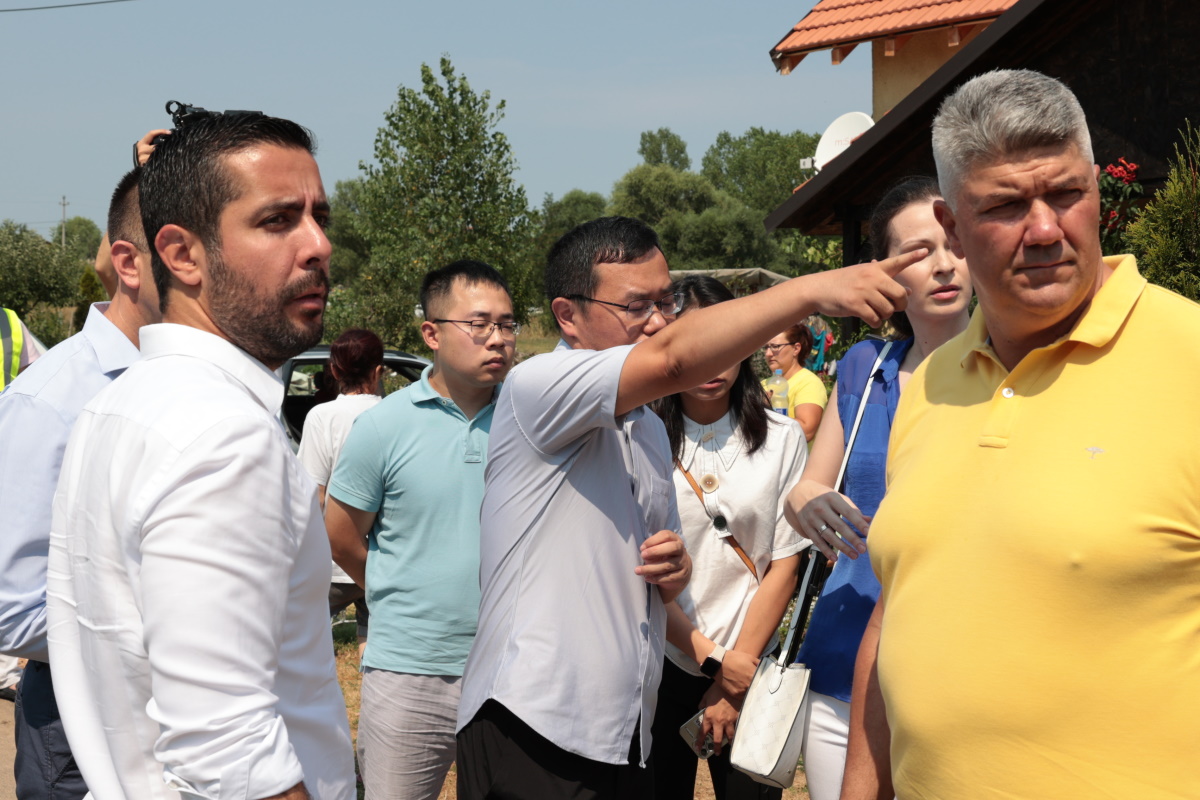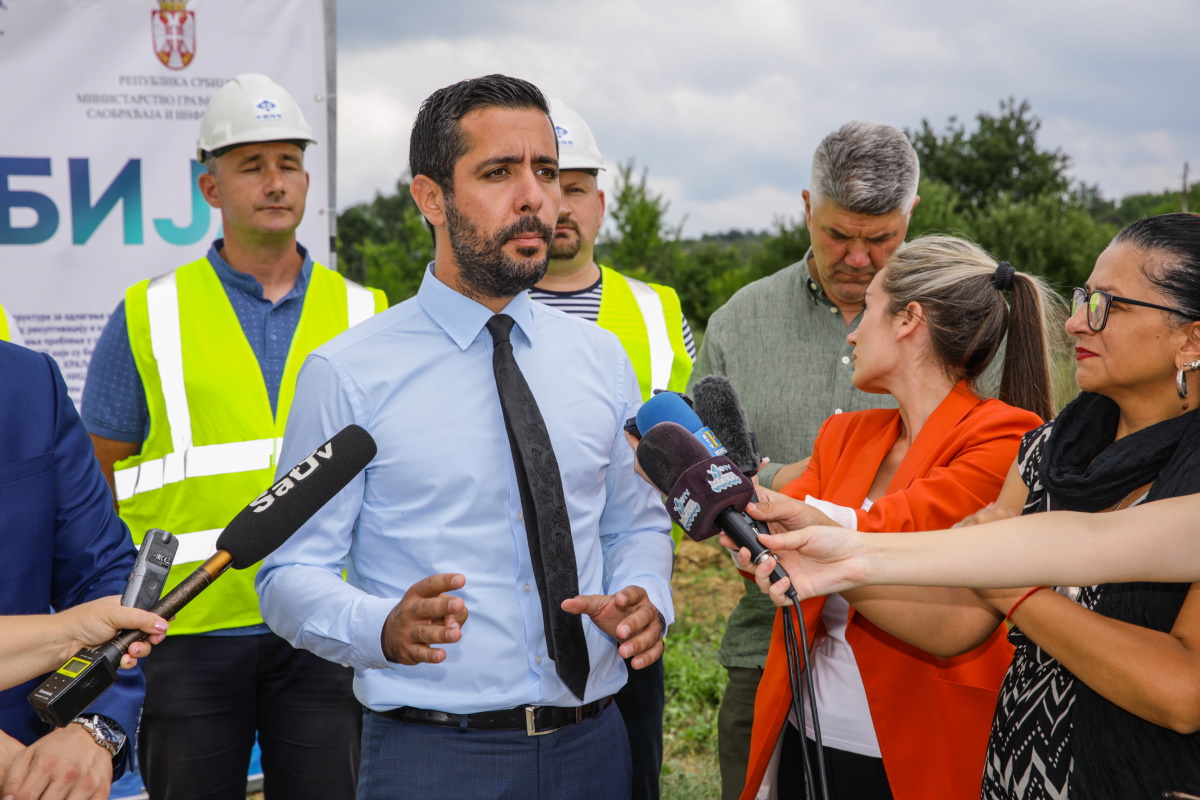Apart of preserving our rivers as a water resource and environmental protection, preservation of lakes in Serbia is also planned with the ’Clean Serbia’ Project.
There are around 150 lakes in Serbia which differ in their origin, size and location. They are an important factor in production of electricity in Serbia, a drinking water resource, protection from floods and are also significant tourist destinations.
Within the ‘Clean Serbia’ Project, not only the environments of cities and municipalities are being preserved, their rivers and Serbian spa resorts, but also rivers. With the implementation of the Project the following lakes will be preserved: Lake Vlasina, Gruža Lake, Bor Lake, Oblačinsko Lake, Lake Bovan, Lake Rovni and Zvornik Lake.
Lake pollution occurs with the discharge of pollutans, weather directly or indirectly. Pollutants Those pollutants affect the flora and fauna living in those water systems. Main pollutants, as research indicates, are in fact wastewaters, and construction of wastewater treatment plants is the only way, as is the case with rivers, to preserve the lakes.
GRUŽA LAKE
With the construction of a dam in 1981, the River Gruža, one of the longest and most water-rich rivers of Šumadija, was dammed. After the construction of a dam near the settlement of Pajsijevići, in the municipality of Knić, a multi-purpose reservoir was formed, the filling of which was completed in 1983. The primary function of this lake is a water supply to the Cities of Kragujevac, Kraljevo and the surrounding villages. Today, more than 300,000 citizens of the Republic of Serbia are supplied with water from this reservoir.
BOVAN LAKE
Bovan Lake is a lake located at Sokobanjska Moravica near Bovan between Sokobanja and Aleksinac. The lake is an artificial reservoir formed with the construction of a dam in 1978, in the regulation system of Morava River basin and the hydro power plant ‘Đerdap’ with the goal to retain sediments of hill and mountain rivers and to accumulate vast amounts of water at the same time. It is 8 km long, 500m wide and 50m deep. Bovan Lake supplies the city of Aleksinac with water through the wastewater treatment plant.
ROVNI LAKE
Rovni is an artificial lake in Western Serbia, created by damming the Jablanica River and it is the most expensive facility of the Regional Water Management System ’Stubo-Rovni’. Pipeline 11,820 meters long supplies raw water to the wastewater treatment plant for the City of Valjevo.
BOR LAKE
Created in 1959 by damming the Brestovačka River, raising the dam and accumulating the water of Valja and Žoni streamlets, Marecova River and part of Zlot River basin. It covers a surface area of 30 hectares, and the depth of water reaches up to 48 meters. The water is mainly intended for mining and industrial facilities in Bor, but it also facilitates the development of tourism.
OBLAČINSKO LAKE
Oblačinsko Lake is a natural lake in South-Eastern Serbia, twenty or so kilometers West from Niš, near Mali Jastrebac. The lake covers a surface area of around 23 hectares. It originated in the early sixties of the last century when the dried up Oblačinska swamp turned into a lake. In 1965, a motel and an earth dam were constructed, and the bed of the former swamp surface was deepened, filled with water and stocked with fish. It has an extraordinary tourist potential.
LAKE VLASINA
Lake Vlasina is a reservoir lake in South-Eastern Serbia with the surface area of 15 km² and depth of up to 35 m. It is located on the territory of the Municipality of Surdulica, at 1,204 m (middle level) above the sea level. What is especially interesting and specific about this lake are about a hundred turf islands floating on its surface. Beautiful nature makes up the surrounding of this lake, and what is specific and stands out as a tourist attraction is fishing.
ZVORNIK LAKE
Zvornik Lake is an artificial lake on the Drina River, on the border stretching across the primal river flow, between the Republic of Serbia and Republic of Srpska in Bosnia and Herzegovina. The lake extends upstream through the Drina canyon from Zvornik and Mali Zvornik, up to the confluence of Velika reka streamlet in the village of the same name of the Mali Zvornik Municipality. This artificial lake was made with the construction of the hydroelectric power plant “Zvornik” which began in 1948, and the lake basin was filled with water in 1955. The dam is 45 meters high. Zvornik lake is the first artificial reservoir on the Drina River.











